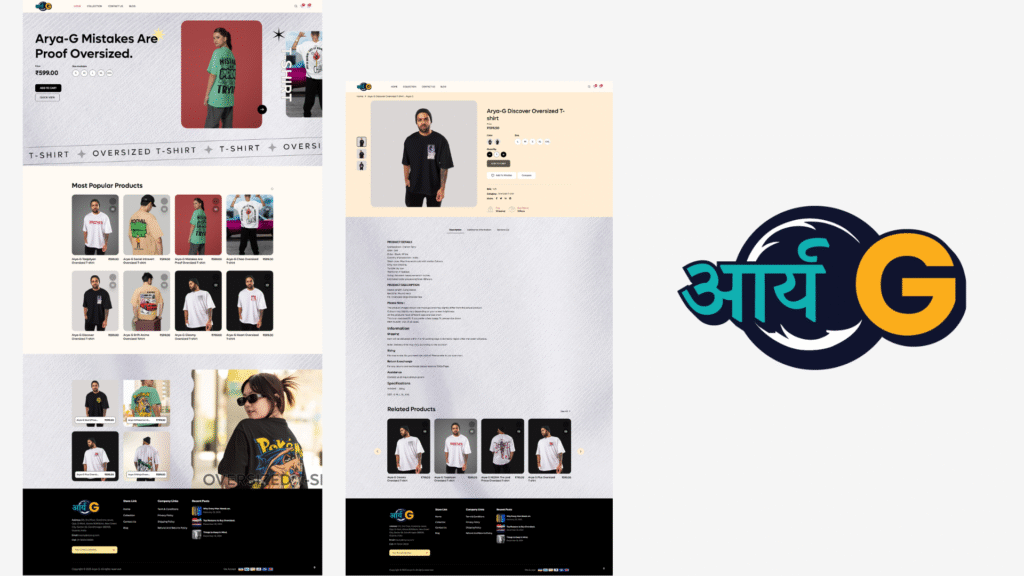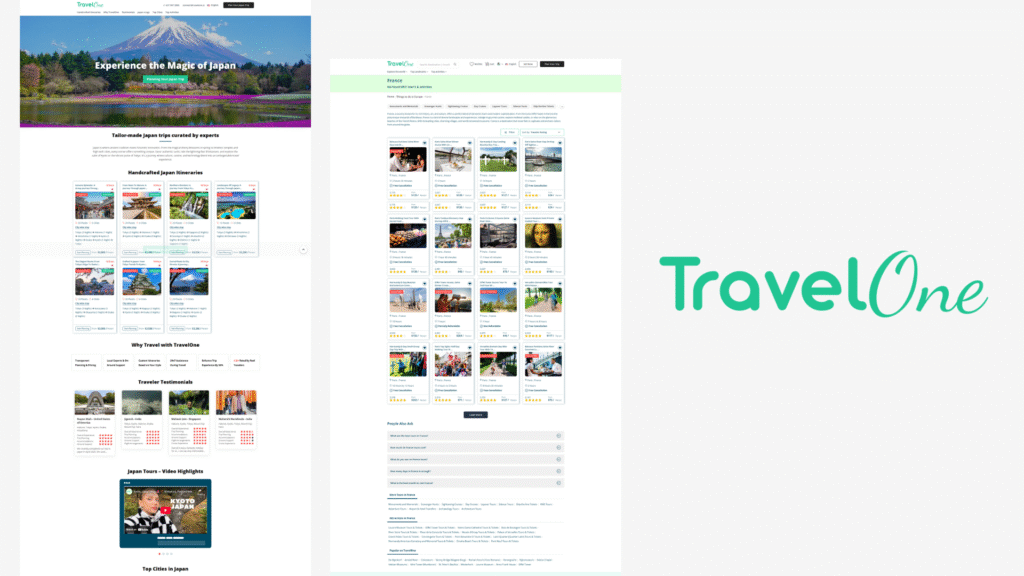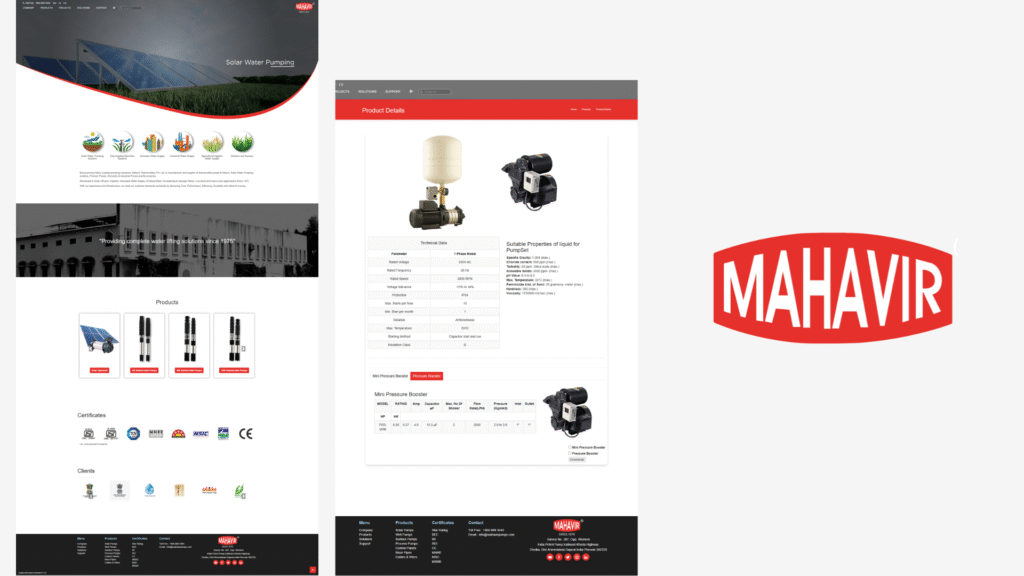Secure Your WordPress Website in 2025: Top Best Practices
In today’s digital landscape, securing your WordPress website is more critical than ever. With cyber threats evolving rapidly, website owners must stay ahead by implementing best security practices. This comprehensive guide explores the top strategies you should adopt in 2025 to protect your WordPress site from vulnerabilities, hacks, and data breaches. Whether you’re a beginner or an experienced developer, these steps will help you strengthen your website’s security posture and ensure peace of mind.
Understanding the Importance of WordPress Security
WordPress powers over 40% of all websites globally, making it a prime target for cybercriminals. Common threats include brute-force attacks, malware infections, plugin vulnerabilities, and data breaches. Security breaches can lead to data loss, reputation damage, and legal complications.
By prioritizing security, you not only safeguard your content but also protect your visitors and maintain trust. Implementing a proactive security strategy is essential for any website owner aiming for longevity and success in 2025.
Top Best Practices for Securing Your WordPress Site in 2025
1. Keep WordPress Core, Themes, and Plugins Updated
One of the simplest yet most effective security measures is maintaining up-to-date software. Developers frequently release updates that patch known vulnerabilities.
- WordPress Core: Always run the latest version of WordPress to benefit from security improvements and bug fixes.
- Themes and Plugins: Regularly update all themes and plugins. Outdated software can be exploited by hackers.
- Tip: Use the WordPress Dashboard Updates feature to manage updates seamlessly.
2. Use Strong, Unique Passwords and Enable Multi-Factor Authentication (MFA)
Password security remains fundamental. Avoid default or weak passwords for admin accounts, database access, and FTP credentials.
- Strong passwords: Use a combination of uppercase, lowercase, numbers, and special characters.
- Password managers: Tools like LastPass or 1Password can generate and store complex passwords.
- MFA: Enable multi-factor authentication via plugins like WP Simple Firewall or Loginizer.
3. Install a Security Plugin and Configure It Properly
Security plugins help monitor, block, and prevent malicious activities proactively. Consider reputable options:
- Wordfence Security: Offers firewall, malware scanning, and login security.
- Sucuri Security: Provides website firewall and malware cleanup services.
- iThemes Security: Implements over 30 security measures including brute-force protection.
Tip: Configure plugin settings carefully, enable real-time monitoring, and schedule regular scans.
4. Implement HTTPS with SSL Certificates
Secure your site’s data transmission by installing an SSL certificate. HTTPS not only encrypts customer data but also boosts SEO rankings.
- Get a free SSL certificate from providers like Let’s Encrypt.
- Configure your hosting provider or use plugins like Really Simple SSL to enable HTTPS seamlessly.
- Update all internal links to HTTPS and enforce redirects from HTTP to HTTPS.
5. Limit Login Attempts and Use CAPTCHA
Prevent brute-force attacks by restricting login attempts and adding CAPTCHA to login forms.
- Limit Login Attempts: Use plugins such as Login LockDown
- CAPTCHA: Shield your login and registration forms with reCAPTCHA, using plugins like Google reCAPTCHA.
6. Regular Backup of Website Data
Backups are your safety net against hacks, server failures, or accidental deletions.
- Automated Backups: Use plugins like UpdraftPlus or BackWPup.
- Storage: Store backups off-site on cloud services like Dropbox, Google Drive, or Amazon S3.
- Frequency: Schedule backups weekly or after significant changes.
7. Harden Server and Hosting Environment
A secure website starts with a secure server environment. Choose hosting providers that prioritize security:
- Managed WordPress Hosting: Providers like WP Engine, Kinsta, or SiteGround offer optimized security features.
- Server Configuration: Ensure proper permissions, disable unnecessary functions, and configure firewalls.
- Security Headers: Enable Content Security Policy (CSP), X-Frame-Options, and other headers to prevent attacks like clickjacking.
8. Disable Directory Listing and Obfuscate Login URL
Prevent hackers from browsing your server directories with directory listing disabled and hide login pages to thwart automated attacks.
- – Use plugins like WPS Hide Login to change login URL.
- – Disable directory listing via server configuration (.htaccess for Apache or nginx config).
9. Monitor Your Website Regularly
Continual monitoring helps detect suspicious activity early.
- Set up Wordfence or Sucuri alerts.
- Check logs periodically for unusual login attempts or plugin activity.
- Use uptime monitoring tools like UptimeRobot or Pingdom.
10. Implement Security Best Practices in Development and Deployment
Securing your site isn’t only about plugins and hosting. Follow these developer practices:
- Input validation and sanitization to prevent injection attacks.
- Using prepared statements for database queries.
- Enforcing principle of least privilege for user roles.
- Code reviews and vulnerability scanning before deployment.
Emerging Security Trends for 2025
As technology advances, so do security threats. Be aware of the latest trends:
- AI-Powered Threat Detection: Leveraging artificial intelligence to identify anomalies.
- Zero Trust Security: Never trusting any entity inside or outside your network without verification.
- Enhanced Encryption Protocols: Adoption of TLS 1.3 and beyond for secure communications.
- Automated Security Scanning: Continuous integration of security testing in deployment pipelines.
Conclusion
Securing your WordPress website in 2025 requires a proactive and layered approach. Regular updates, robust passwords, security plugins, HTTPS, backups, and server hardening form the pillars of a resilient website. Stay informed about emerging threats and adapt your security strategies accordingly.
“Security is not a one-time setup but an ongoing process. Regular vigilance is your best defense.”
Implement these best practices today to protect your website and ensure continuous growth without disruption. Remember, a secure website not only defends against threats but also builds trust and credibility with your audience.



